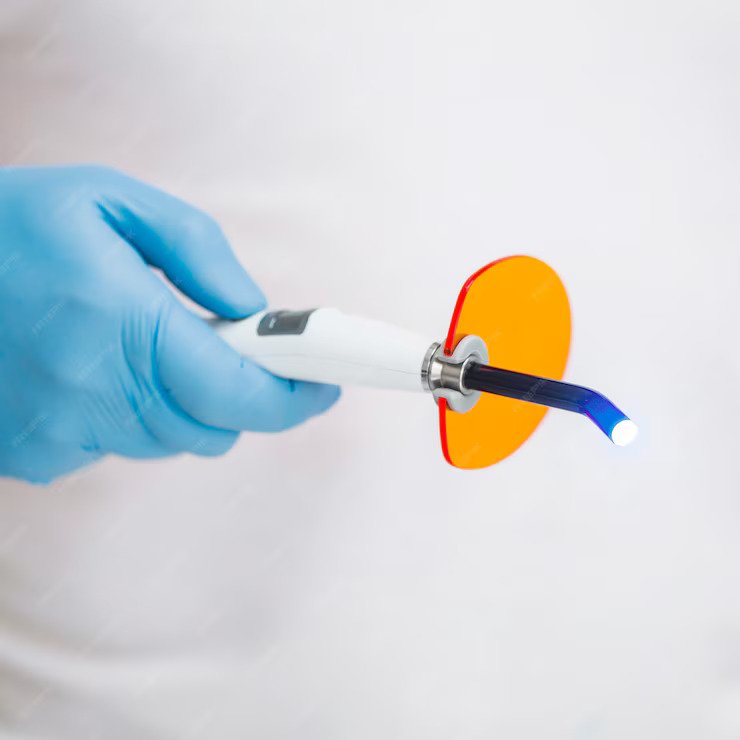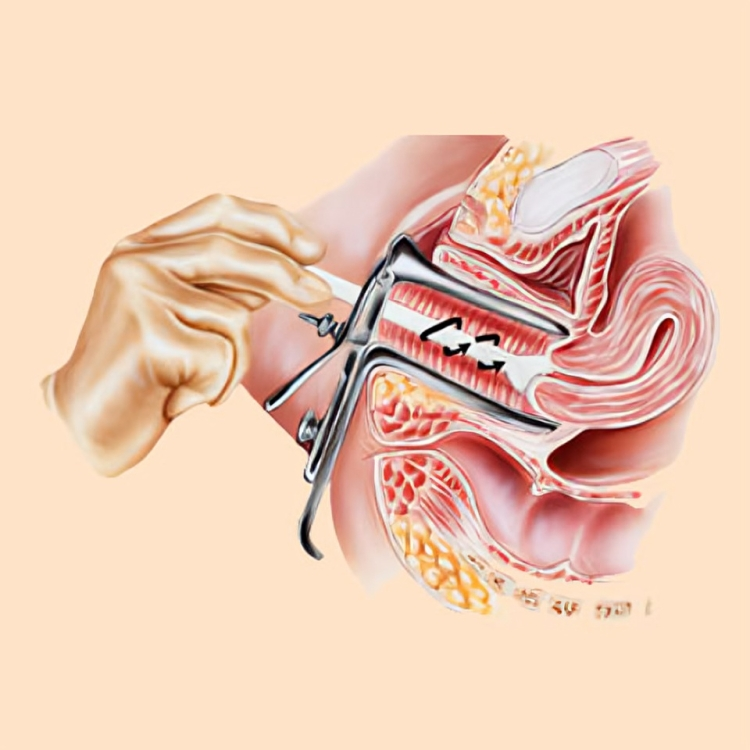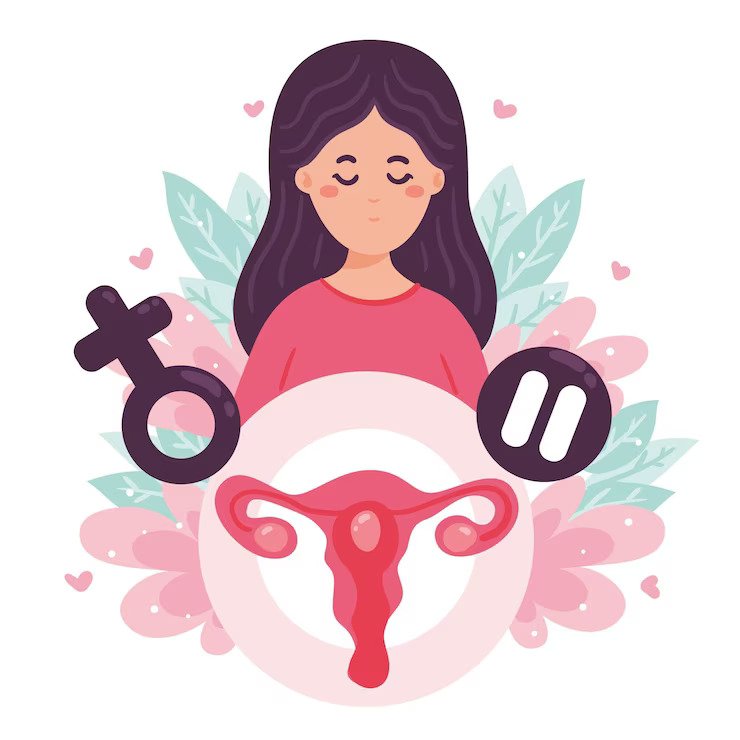Demystifying PAP Smear: What Every Woman Should Know
In the realm of women’s healthcare, one screening test stands out as a cornerstone for early detection and prevention: the PAP smear. This simple yet powerful test has revolutionized the landscape of cervical cancer prevention, saving countless lives worldwide. Understanding its significance, procedure, and importance in routine healthcare is essential for women of all ages.
To Know More About It Please Click Here
What is a PAP Smear?
A PAP smear, also known as a PAP test or cervical smear, is a screening procedure used to detect abnormal cells on the cervix, which could potentially develop into cervical cancer if left untreated. The test involves collecting a small sample of cells from the cervix, which is then examined under a microscope for any signs of abnormalities.
The Procedure
Typically performed during a routine pelvic exam, a healthcare provider uses a speculum to gently open the vagina and visualize the cervix. They then use a special tool to collect cells from the cervix, often described as feeling like a slight pressure or discomfort but generally not painful. After being gathered, the cells are sent to a lab for examination.
The Importance of Regular Screening
Regular PAP smear screening is crucial for the early detection of cervical abnormalities and cancer. Detecting abnormalities in their early stages allows for timely intervention and treatment, significantly reducing the risk of cervical cancer development. The American Cancer Society recommends that individuals with a cervix start screening at age 21 and continue every three years until age 29. From ages 30 to 65, screening can be done every five years with a combination of PAP smear and HPV testing or every three years with just the PAP smear.
Empowering Women’s Health
Beyond its role in detecting cervical cancer, the PAP smear empowers women to take control of their health. By undergoing regular screenings, women can proactively monitor their cervical health and address any abnormalities promptly. This proactive approach not only reduces the risk of cervical cancer but also promotes overall well-being and peace of mind.
Overcoming Barriers to Screening
Despite its proven benefits, access to PAP smear screening remains a challenge for many women, particularly those in underserved communities or low-income households. Barriers such as lack of healthcare coverage, transportation issues, cultural stigmas, and fear of the procedure itself can prevent women from seeking regular screenings. Efforts to increase awareness, improve access to healthcare services, and provide education about the importance of PAP smear screening are essential in overcoming these barriers and ensuring that all women have access to life-saving preventive care.
Conclusion
The PAP smear is more than just a routine test; it is a powerful tool in the fight against cervical cancer. By detecting abnormalities early and promoting proactive healthcare, PAP smear screening saves lives and improves the quality of life for women around the world. Every woman deserves access to this essential screening tool, and by prioritizing regular screenings, we can work towards a future where cervical cancer is no longer a threat.
Also, Follow us on Instagram






